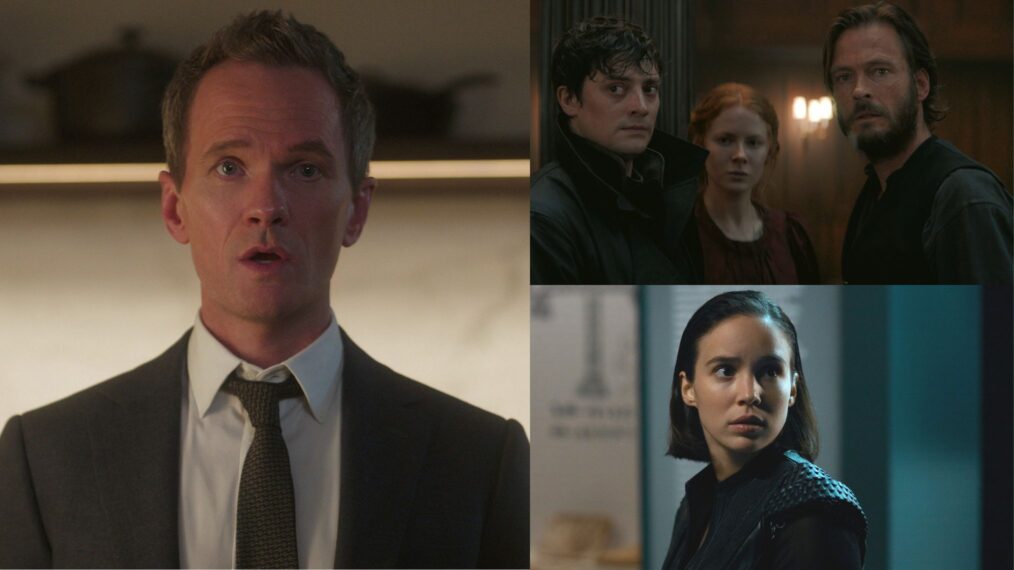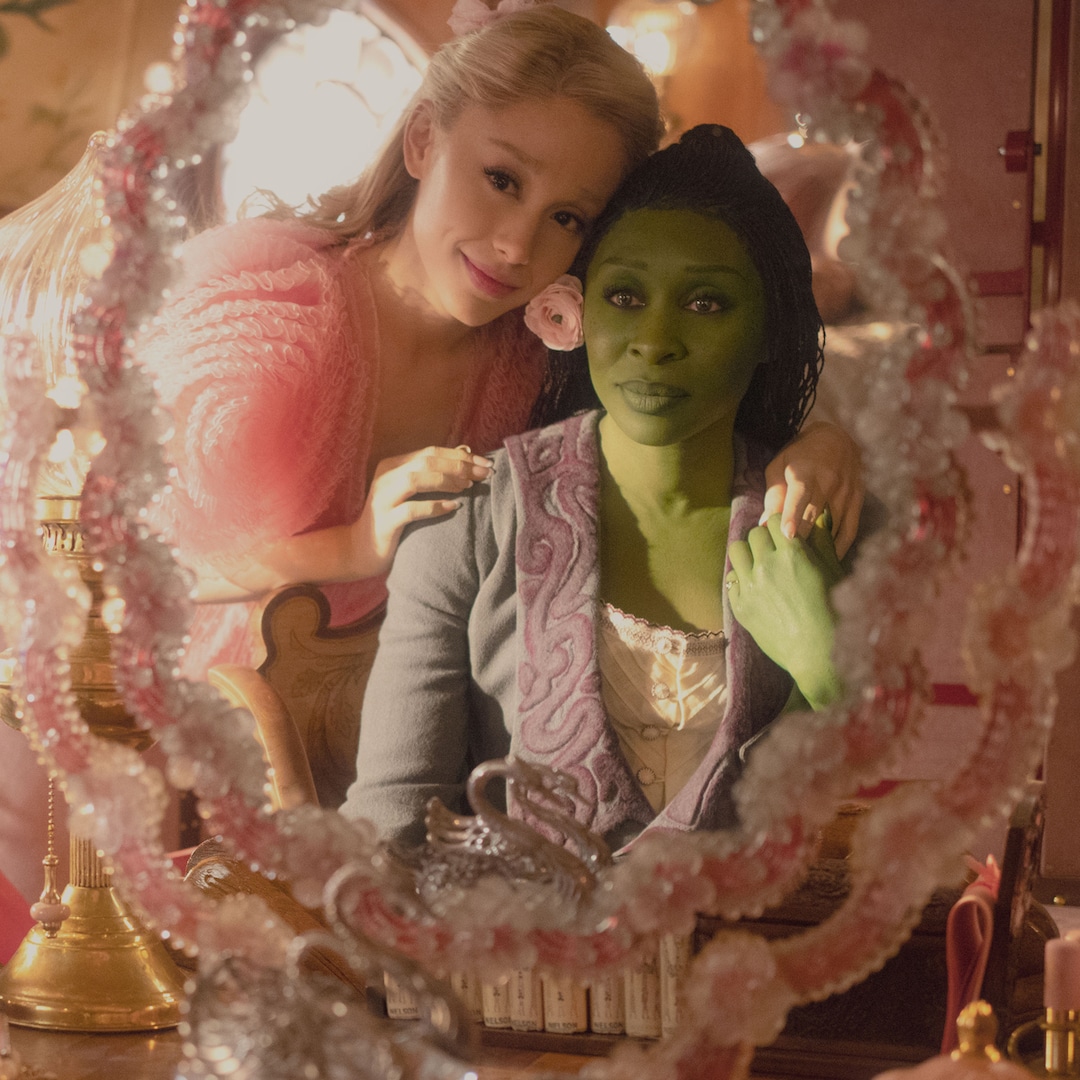Watch: How ‘Spider-Verse’ Evolved Animation Beyond the ‘Pixar Look’
by Alex Billington
January 16, 2023
Source: YouTube
Everyone who loves animation as much as we do knows that Spider-Man: Into the Spider-Verse is a certified masterpiece. It also had a huge impact on the animation industry. This video essay created by Vox spends a few minutes examining the impact Into the Spider-Verse had, by showing how the look of it forced animation to evolve. Ever since Toy Story in 1995, most 3D animated CG movies are designed to be photo-realistic and have the glossy look & feel of most Pixar movies. They call this the “Pixar Look” and most of the animation industry has been using this for the last 25 years. That changed big time with Spider-Man: Into the Spider-Verse, made by Sony Pictures Animation. This video is a bit simplistic, ignoring animation made outside of the studio system, and forgetting about The Bad Guys entirely (which also uses a clever cel-shading style), but it’s a good intro for those trying to catch up with what’s going on. Sony Animation is also working on the sequels, with Spider-Man: Across the Spider-Verse due out this year and the next in 2024.
Here’s the full video essay on animation’s evolution from Vox – it’s produced & animated by Edward Vega:

And here’s two more videos from a few years ago about the making of Spider-Man: Into the Spider-Verse:
Thanks to Kottke for the tip on this. Intro from YouTube: “Non-photorealistic rendering has opened up an alternative to the ubiquitous ‘Pixar look.’ When you think of CGI animated films, you likely think of Pixar. The studio practically invented the genre with 1995’s Toy Story — the first CGI animated feature film. After Toy Story, almost all animation studios wanted to follow in Pixar’s successful footsteps, straight down to their style. Many studios sought out ‘The Pixar Look‘ — extremely high quality, physically based, and in some cases almost photorealistic. It’s an appealing approach that remains popular at the box office — but animated movies started looking kind of homogeneous. And while studios and independent artists tested out more stylized approaches in short films, no studio would commit to a feature-length animated movie that looked so different. That is, until Sony Pictures/Imageworks took on Spider-Man: Into the Spider-Verse. Instead of chasing the look everyone was after, the team wanted to create something visually new. They did it with ‘non-photorealistic rendering.'” Ever since then, studios have been headed in this direction.
To enjoy even more video essays, click here. What do you think? Are you a fan of this new animation style?






























